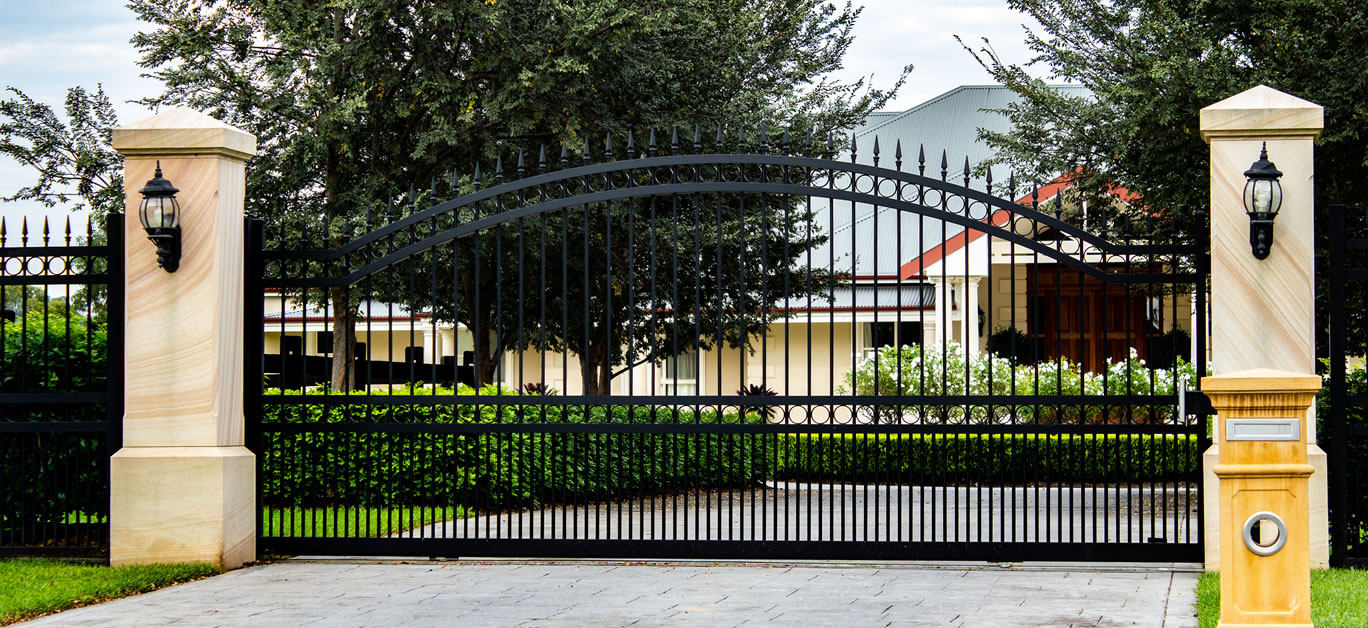Discovering the Function of Access Control Solution in Enhancing Protection Equipment Effectiveness and Performance
Accessibility control systems are progressively recognized as necessary parts in the landscape of protection monitoring, supplying a structured method to regulate access to delicate areas and info. Their capability to integrate with numerous protection technologies, such as security cams and alarm systems, dramatically boosts the general effectiveness and performance of safety and security procedures.
Understanding Accessibility Control Equipment
Accessibility control systems play a vital role in making sure the security of various settings, from company workplaces to sensitive federal government facilities. These systems control that can go into or leave an assigned area, therefore safeguarding possessions and delicate info. The fundamental parts of access control systems consist of authentication, authorization, and recognition procedures.
Identification entails confirming a person's identity, typically via qualifications such as essential cards, biometric data, or passwords. As soon as identified, verification verifies the person's right to gain access to, frequently through multi-factor authentication techniques to boost protection. Consent identifies the degree of gain access to granted, allowing for separated consents based on duties within the organization.
Access control systems can be categorized into 2 major types: logical and physical. Physical gain access to control concern substantial areas, while sensible gain access to control regulates electronic info systems. Both kinds work synergistically to provide comprehensive protection options.
Combination With Protection Technologies
The combination of gain access to control systems with various other safety modern technologies is crucial for creating a holistic security environment. By integrating gain access to control with video clip monitoring, breach discovery, and alarm system systems, organizations can enhance their total security position. This interconnected structure enables real-time surveillance and rapid response to safety and security occurrences, improving situational awareness and operational effectiveness.
As an example, incorporating gain access to control with video surveillance allows protection workers to validate access events aesthetically, making sure that just licensed individuals are approved entry. When access control systems are connected to alarm system systems, any kind of unauthorized gain access to attempts can trigger instant informs, triggering swift activity.
Furthermore, the combination of accessibility control with cybersecurity actions is significantly vital in protecting physical properties and delicate data. By straightening physical safety procedures with IT safety and security systems, companies can make sure that both physical and electronic gain access to points are monitored and managed properly.
Benefits of Enhanced Security Workflow

Additionally, improved protection procedures assist in real-time tracking and occurrence response. With integrated systems that incorporate security video cameras, alarm systems, and access controls, security groups can quickly identify and resolve potential threats. This proactive approach enables timely interventions, minimizing the chance of security read this article violations and prospective losses.
In addition, efficient protection operations add to a society of security within the company. Employees are most likely to really feel more safe when they know that durable actions are in place, resulting in enhanced spirits and productivity. In addition, making use of information analytics from access control systems makes it possible for organizations to analyze protection patterns, improve plans, and allocate resources efficiently.
Considerations and challenges

Furthermore, companies need to resolve the potential for data violations. Gain access to control systems commonly deal with delicate details, and any kind of vulnerabilities might reveal this data to unauthorized gain access to. access control manufacturers. Making certain durable cybersecurity measures is important to protect against such risks
Individual training is one more vital factor to consider. Employees should understand just how to make use of accessibility control systems efficiently, as improper use can cause security gaps. Organizations should balance security with individual comfort; overly limiting gain access to can impede performance and lead to workarounds that compromise protection methods.
Compliance with regulatory and lawful requirements is also paramount. Organizations must guarantee that view their accessibility control systems satisfy industry criteria and local legislations, which can vary dramatically. The ongoing maintenance and monitoring of these systems call for specialized sources, making it vital for organizations to allot ideal budgets and employees to guarantee lasting performance and performance.

Future Fads in Accessibility Control
Anticipating the future of accessibility control exposes a landscape significantly shaped by technical developments and progressing safety and security demands. One substantial trend is the assimilation of synthetic knowledge (AI) and device learning, which improve decision-making capabilities and automate hazard discovery. These modern technologies permit real-time analysis of accessibility patterns, allowing more responsive and adaptive safety steps.
Biometric verification is likewise gaining grip, with innovations in finger print, facial recognition, and iris scanning innovations using boosted security and user ease. As these systems end up being more economical and advanced, their fostering across different sectors is anticipated to rise.
One more arising trend is the change in the direction of cloud-based accessibility control systems. These solutions supply scalability, remote management, and centralized information storage, allowing organizations to improve operations and boost efficiency.
Furthermore, the Web of Points (IoT) is readied to transform accessibility control by enabling interconnected tools to interact and share information, consequently enhancing situational recognition and protection responsiveness.
Final Thought
Finally, gain access to control systems substantially improve the efficiency and effectiveness of protection tools by helping with specific recognition, authentication, and permission processes (access control manufacturers). Their assimilation with monitoring and alarm fosters a proactive protection atmosphere that attends to potential breaches in real-time. While obstacles and considerations exist, the recurring advancement of accessibility control innovations promises to more improve safety operations. Ultimately, these systems are important to safeguarding delicate locations and information within organizations, ensuring a durable security structure.
Gain access to control systems are progressively recognized as crucial parts in the landscape of safety management, supplying an organized method to regulate access to sensitive locations and details. Physical gain access to control pertains to tangible areas, while rational gain access to control regulates digital details systems.The combination of gain access to control systems with various other protection modern technologies is crucial for producing an alternative protection setting. Access control systems often deal with delicate info, and any type of vulnerabilities could reveal this data to unauthorized gain access to. Companies must stabilize protection with customer ease; extremely limiting gain access to can impede efficiency and lead to workarounds that endanger protection methods.